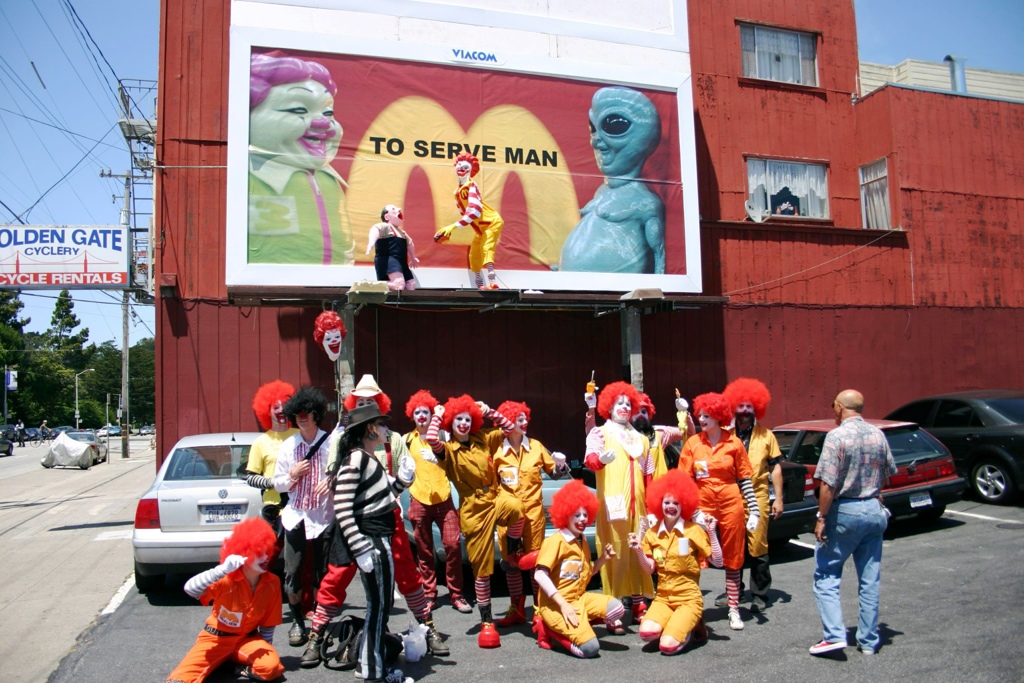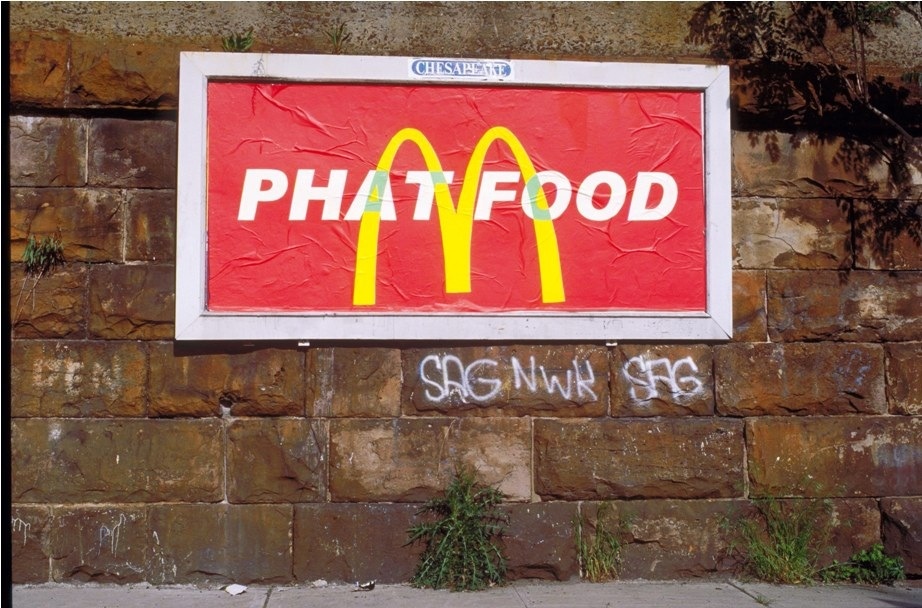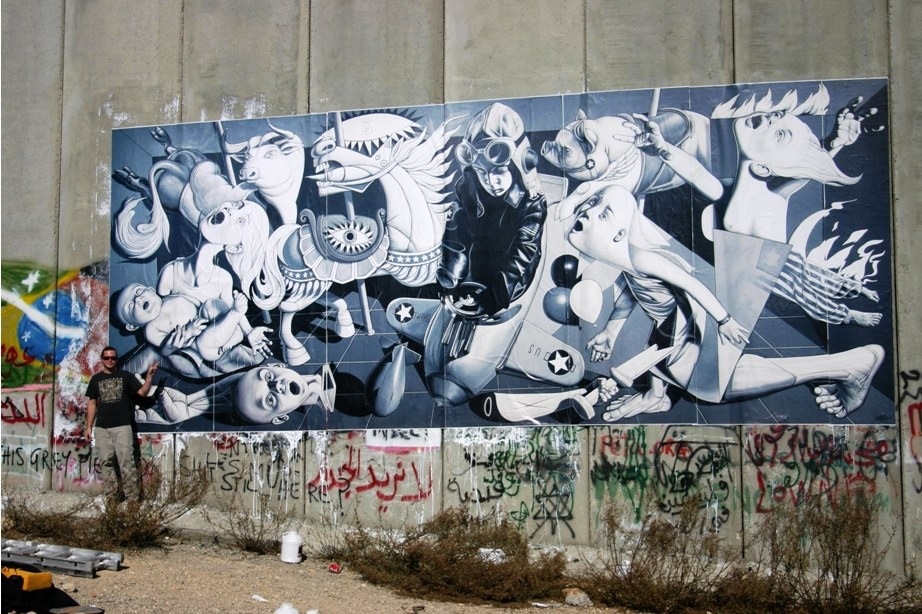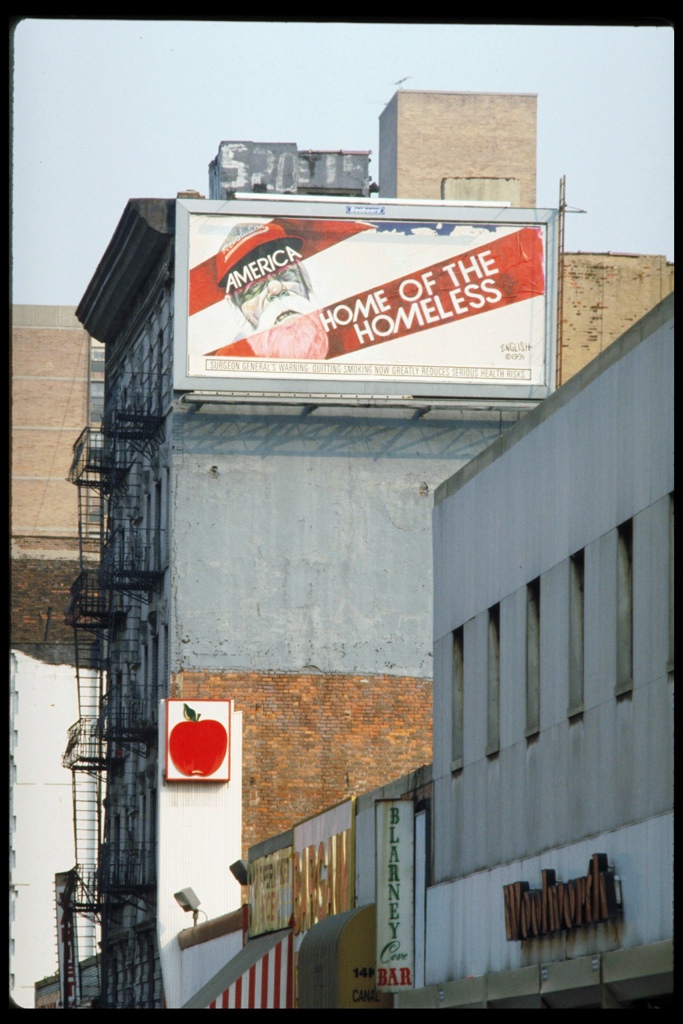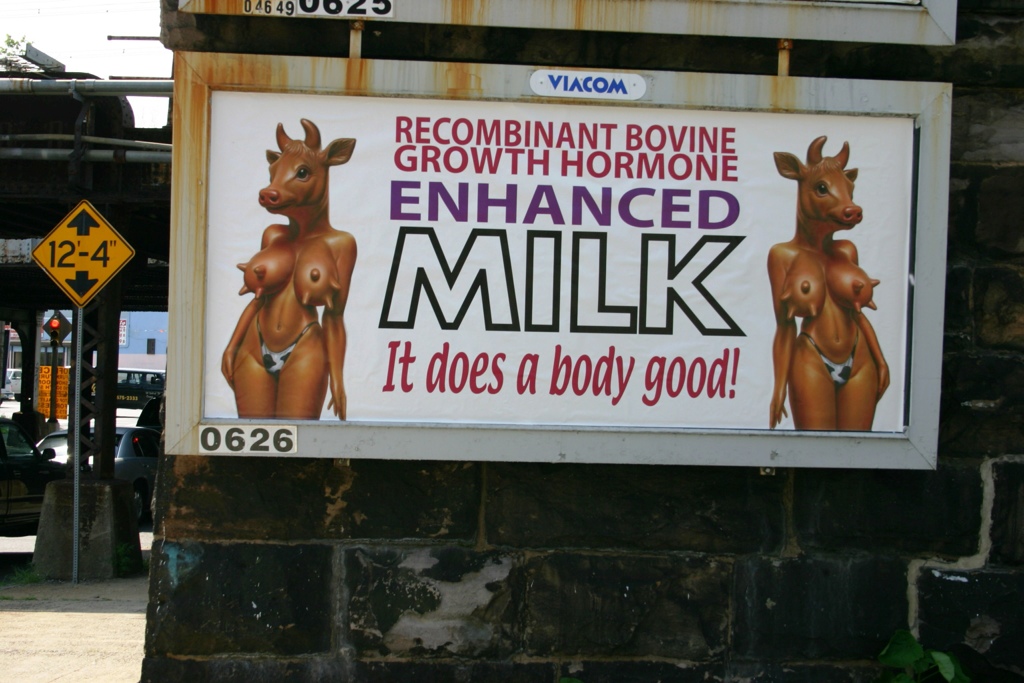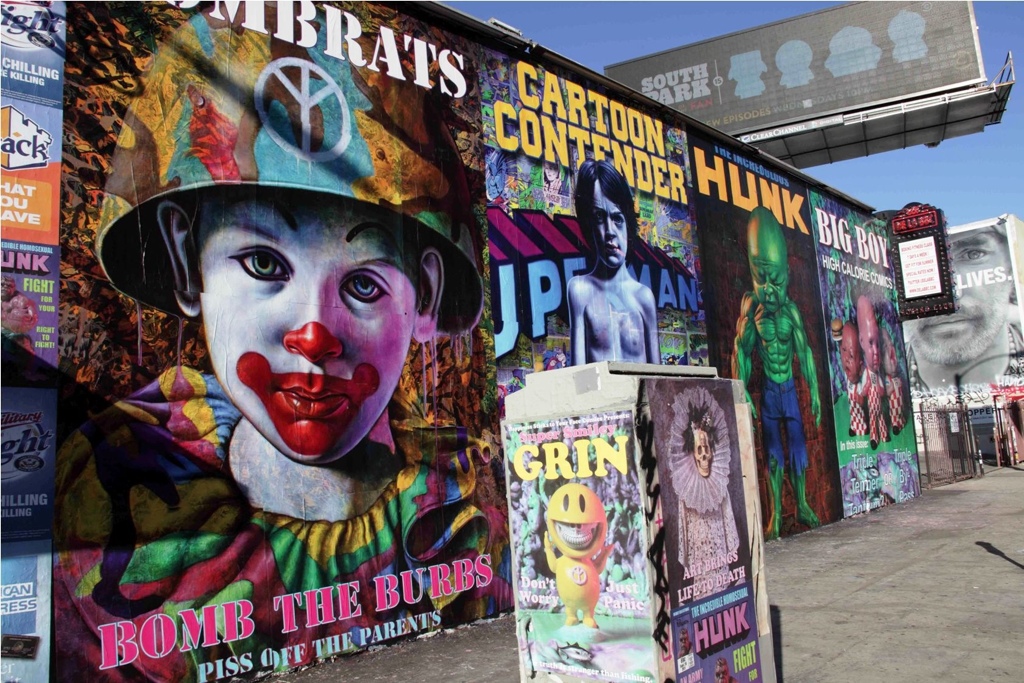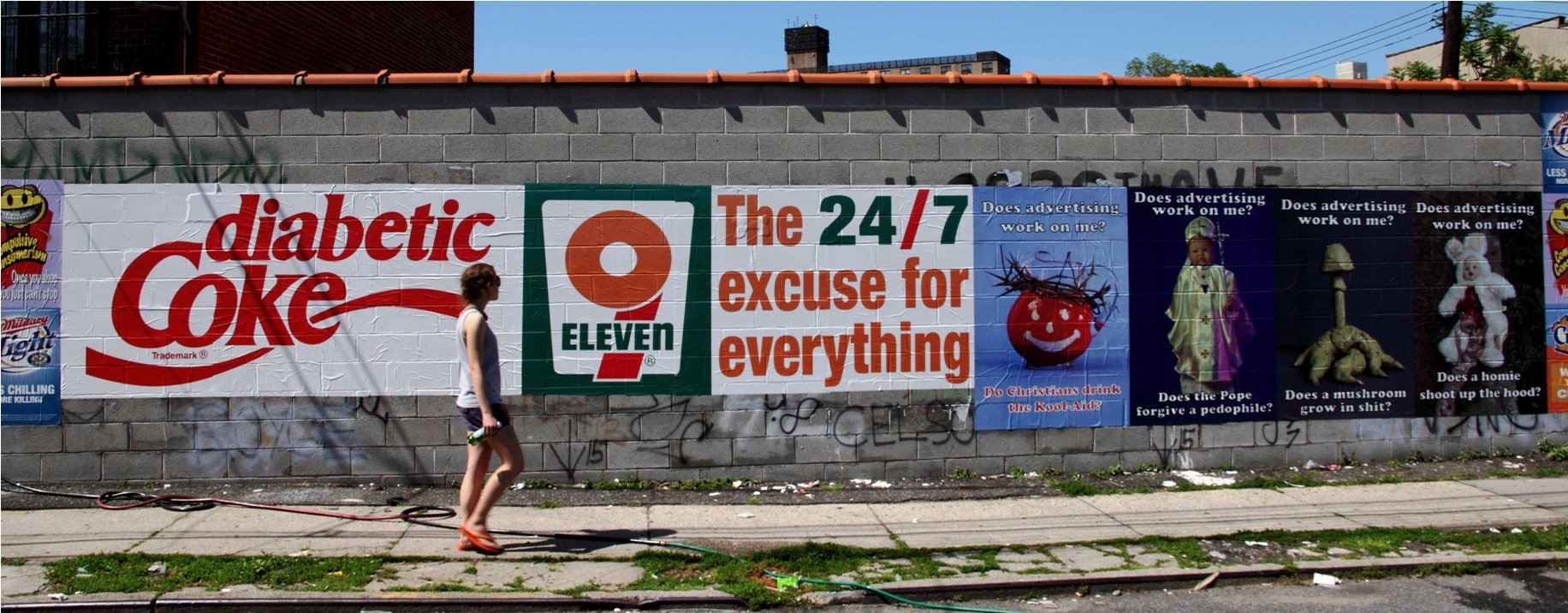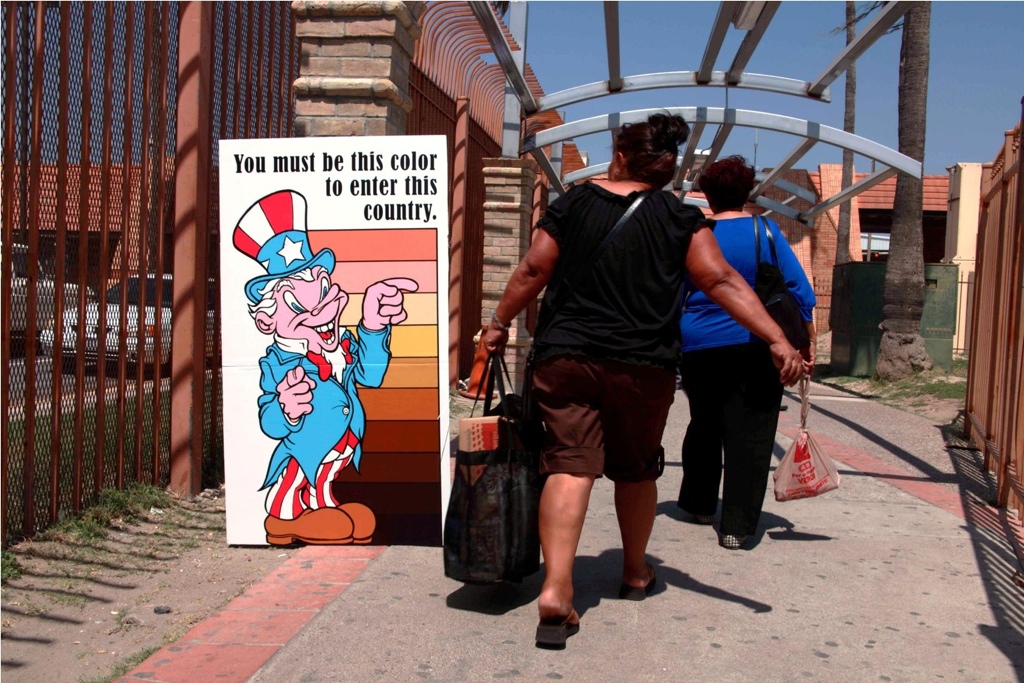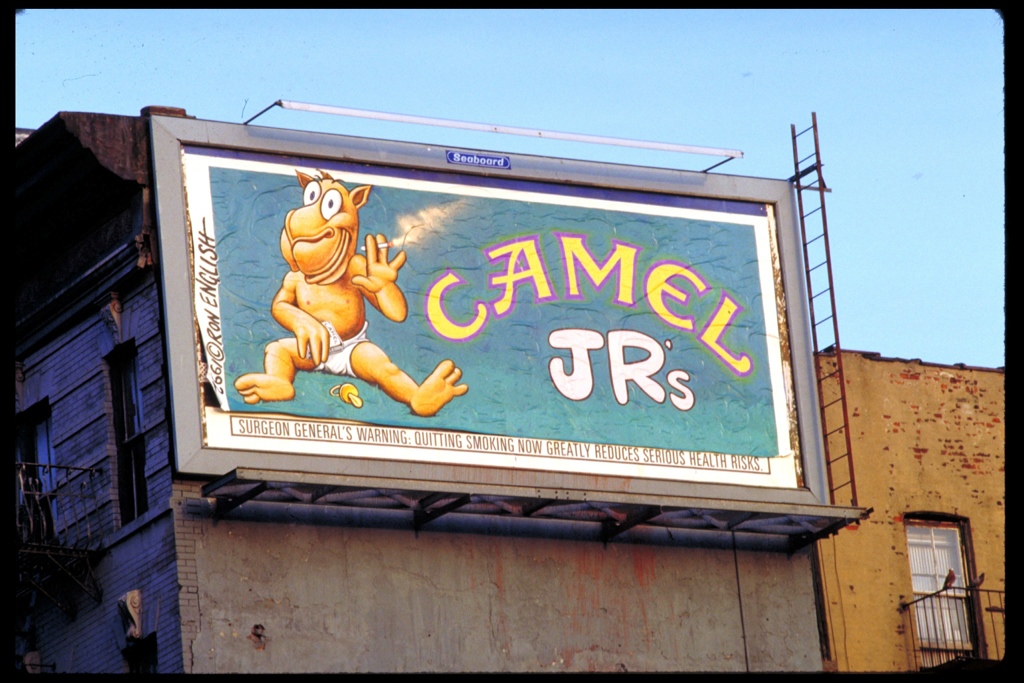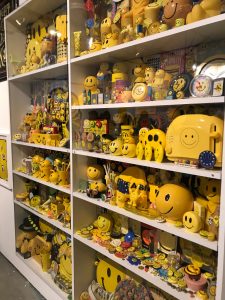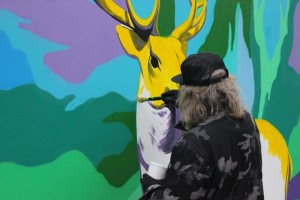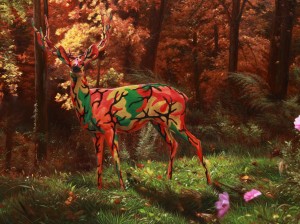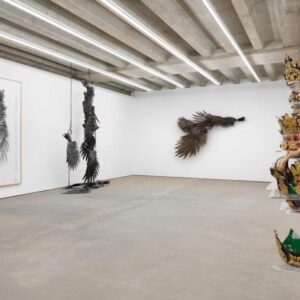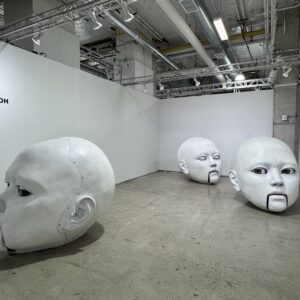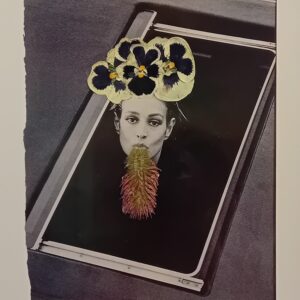Legend is a word that gets thrown around a lot, but in this case, legend, is the only word that fits. Ron English has been creating his surreal brand of Popaganda since the Seventies; from early, adbusting adventures, sabotaging corporate billboards to subversive parodies of pop icons, English is one of the founding fathers of street art and one of the forerunners of Pop Surrealism. An enigmatic iconoclast, who considers his work a success “if I don’t go to jail”, Ron English continues to surprise and subvert with his savagely humorous take on Pop culture.
This interview was written by James Buxton for Global Street Art, the international street art and graffiti photo archive (www.globalstreetart.com).
Randal Hart
I first started getting involved in doing street art towards the end of the 1970’s, while still a teenager. For a while I was Randal Hart (sounds like “vandal art”, the two words I used to sum up my art.) One day I got a call from a journalist in search of Randal Hart and I told her Randal had died the previous week. I’m not sure why I told her that, I was probably startled she found my number. I didn’t use Randal Hart after that. I didn’t want to be disrespectful of the dead.
I made my first paintings when I was a kid in Illinois. My aunt, Lori was an artist and she sold my first paintings at shows in Normal, Illinois. One art teacher at the college bought my oil painting of Saint Basel’s Cathedral to show her slacker students what an eight year old could do. I also have a master’s degree from UT in Austin.
In high school I did some imitation New York style lettering of fictitious graffiti artists on underpasses in Decatur, Illinois. Other than that I never really pursued graffiti, I thought that was someone else’s thing.
It seems like street art started getting popular about ten years ago, probably in response to the original street art of the 80’s. At first, the second generation street art wasn’t really an art world movement but more of a populist uprising. Since it sprang up outside the cyclical art world it seems to be more deeply embedded than say Neo Geo or Neo Expressionism. Its relationship to society seems to have more in common with sports; something a person grows up participating in and later leaves the activity to the professionals while remaining a fan.
Advertising the Truth: Billboard Liberation
I was interested in billboards because they carried a certain authority as opposed to graffiti on a wall. A billboard ostensibly required an interface with a large, powerful corporation and its self-preserving censors. I depended on no one knowing I had hijacked the space, using the illusion of corporate sanction to buttress the statement. Of course when it became widely known that it was me doing this that illusion was deflated but replaced with the idea that free speech was there for the stealing.
Nowadays I think street art represents a new, more democratic, more engaged relationship between artists and the public that is extremely exciting. It’s like we’ve finally decided to quit listening to the disembowelled babble of the high priests and are engaging directly with the person sitting next to us in the pews.
You ask, how does an artist reconcile working against the system and at the same time make a living as an artist? Well, we all hate air pollution but refusing to breath is not a productive response.
Montana Spray Paint is the New Global Passport
In terms of my key influences, I really liked Keith Haring. I felt like he was a self directed and highly motivated artist that could exist without affirmation. I love artists like Peter Saul and Martin Wong who use extremely personal styles to address larger issues. Someone like Gordon Matta Clark who seemed to have placed few restrictions on his approach to creation was very influential on me. From them I learned to create on my own terms, from finding unique interfaces with the public, to placing few restrictions on my approach to creation, to sustaining with or without affirmation.
Painting on walls has broken down walls between artists and communities, between artists and the police. There is a new equilibrium.
I have painted in a lot of countries and the response is universally positive. I have a lot of characters that are crying out to be animated, that’s something I should probably work on.
Of course there are a multitude of memorable experiences I’ve had creating street art, but for me, the most interesting thing is waking up with a new idea and going to sleep at the end of the day with the idea in the public consciousness.
